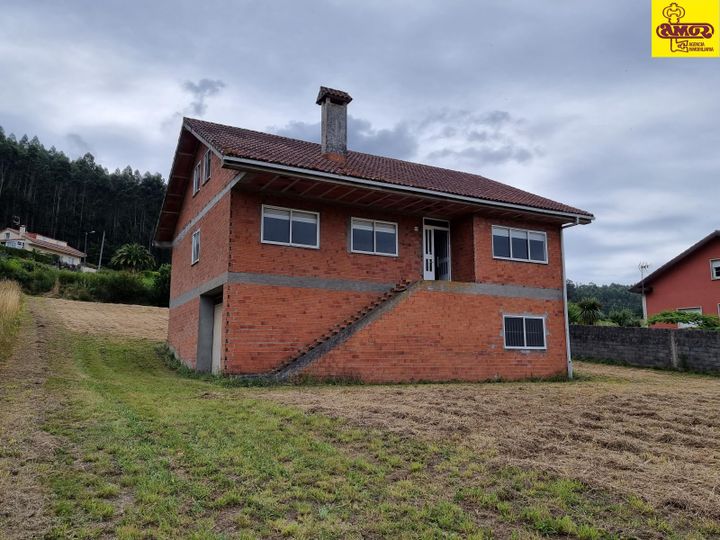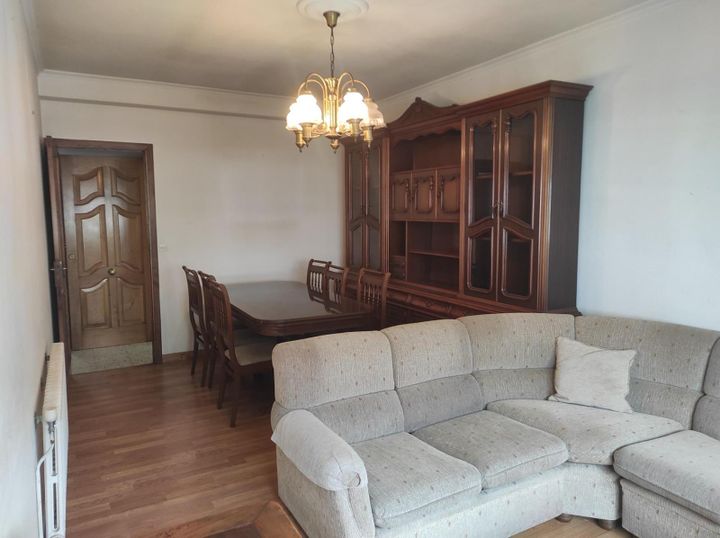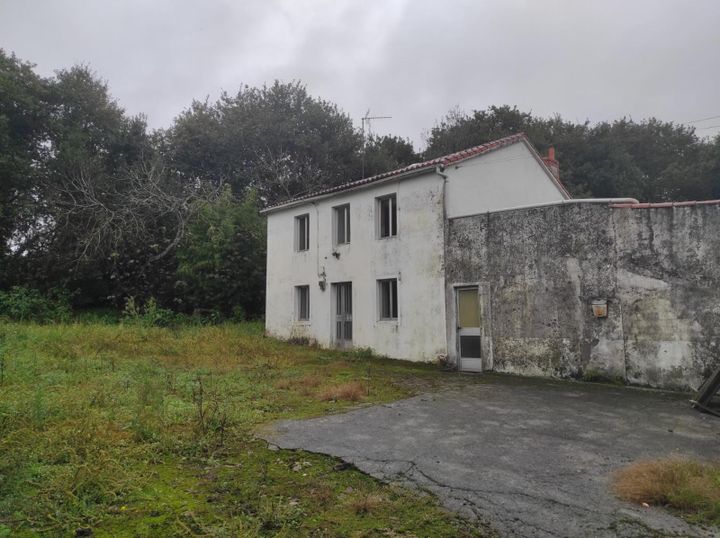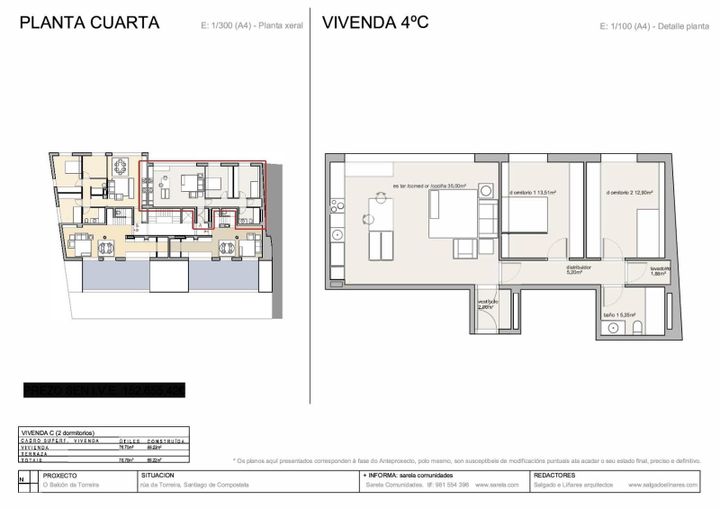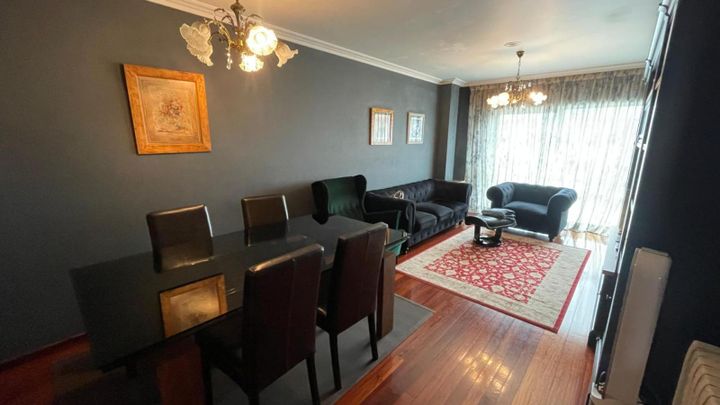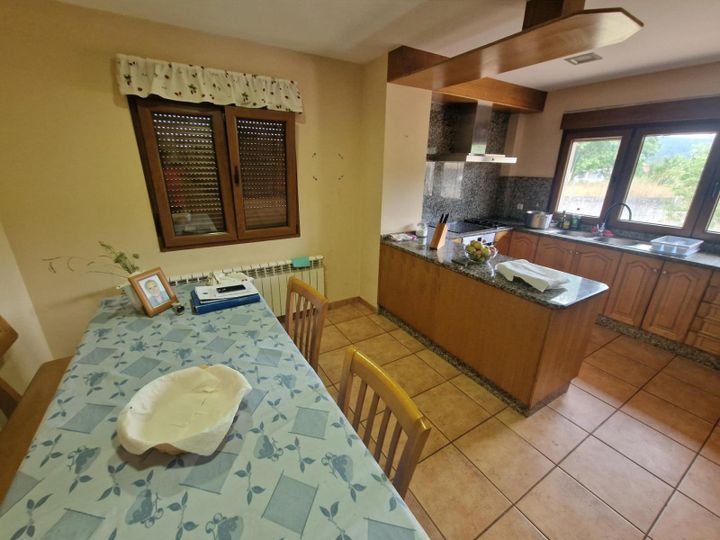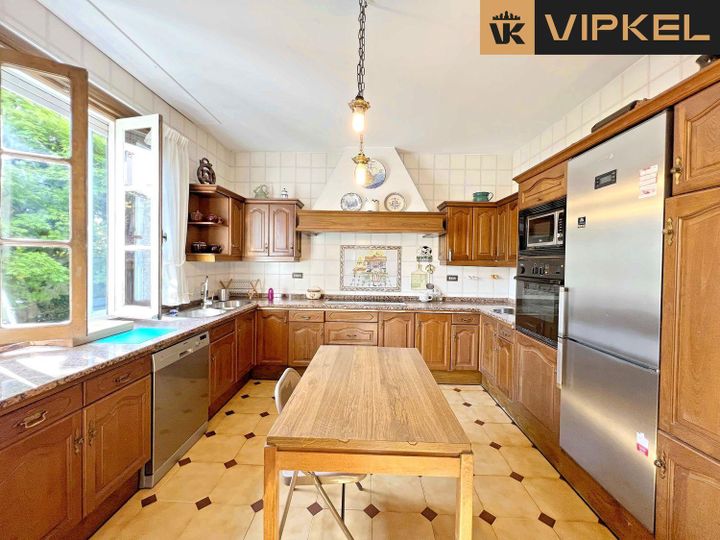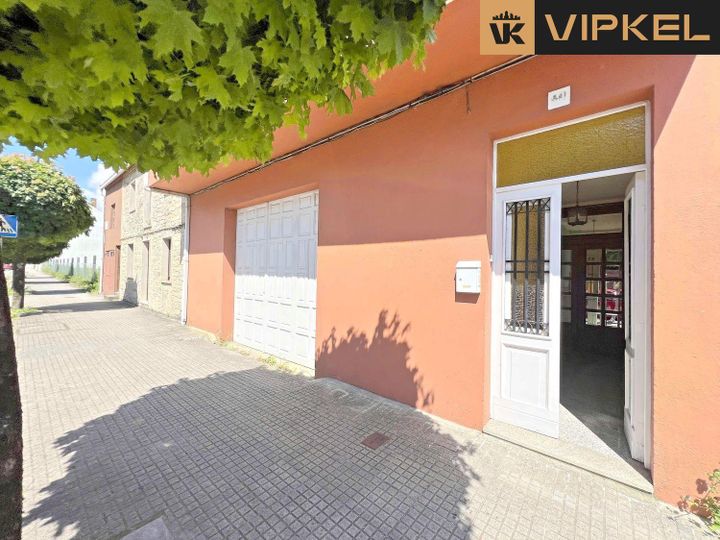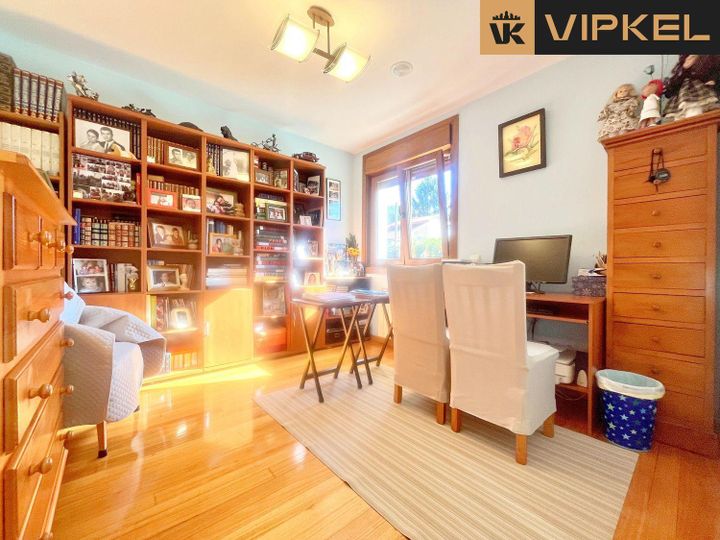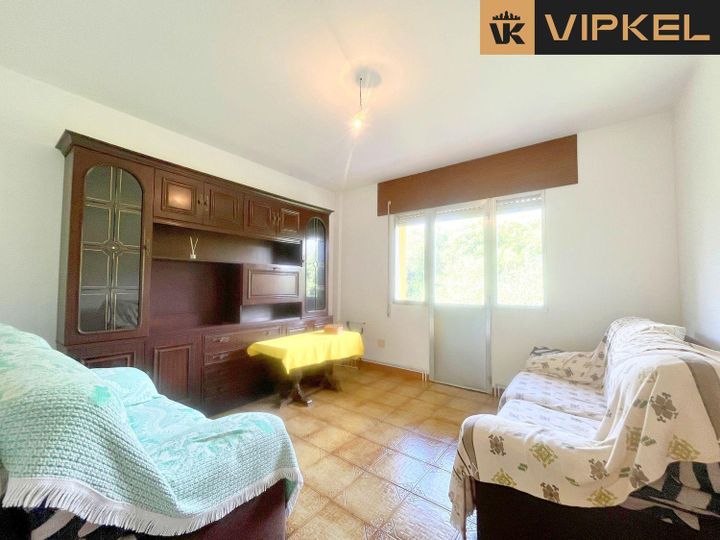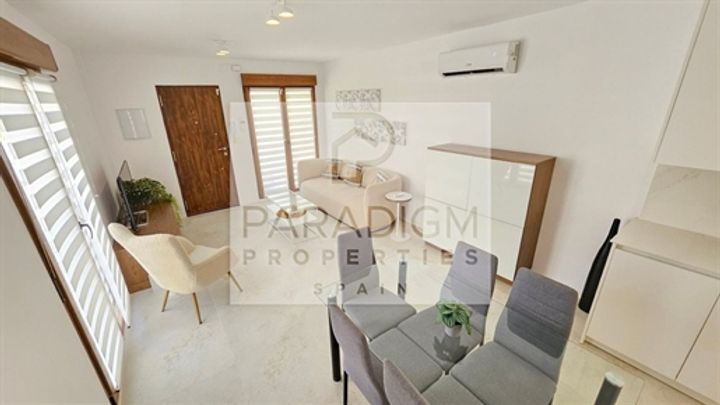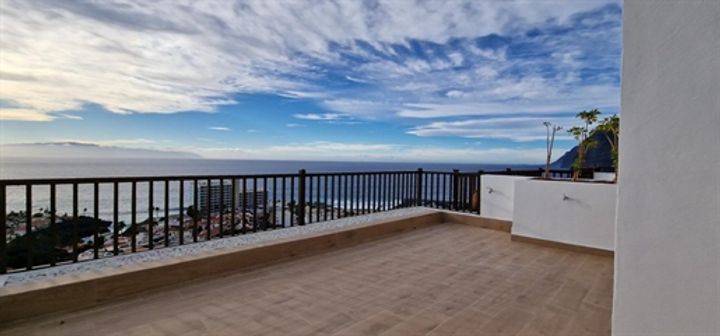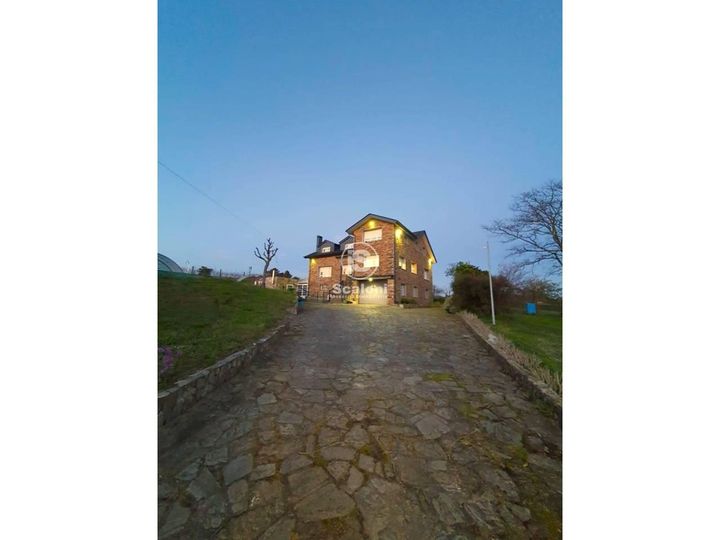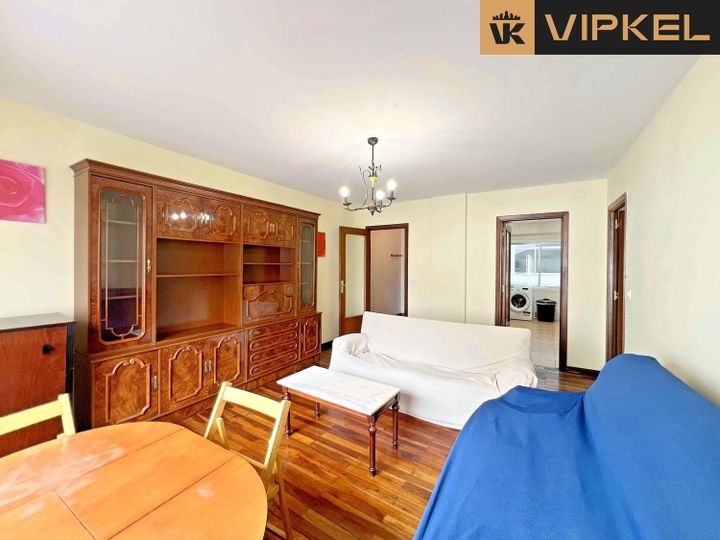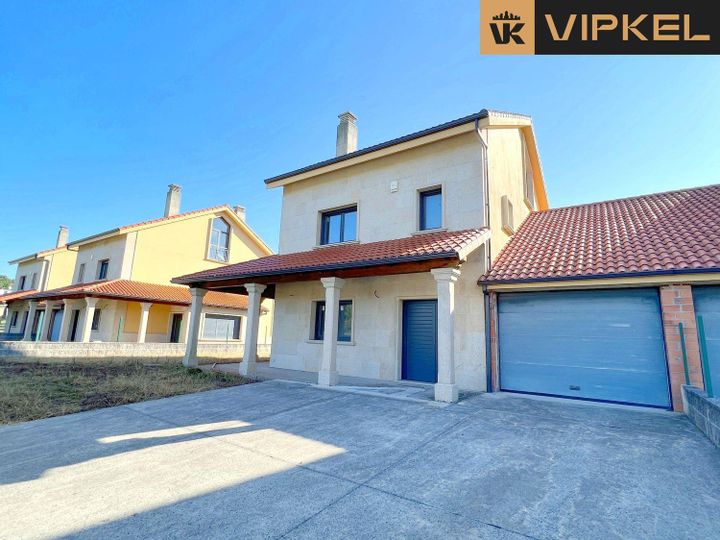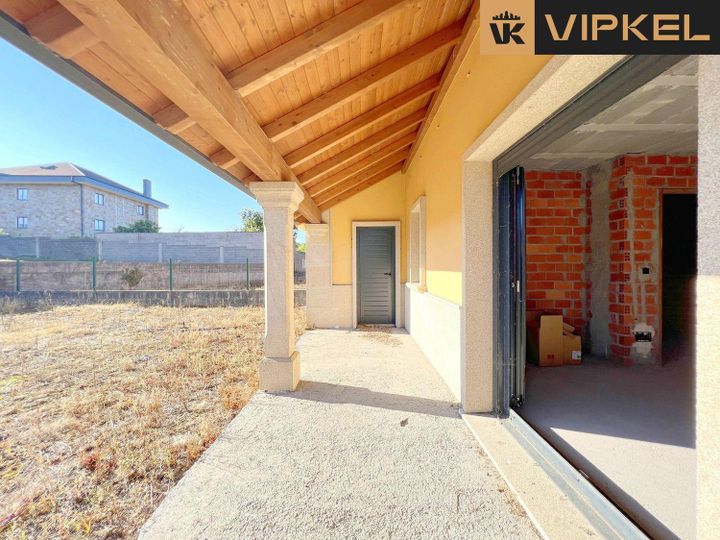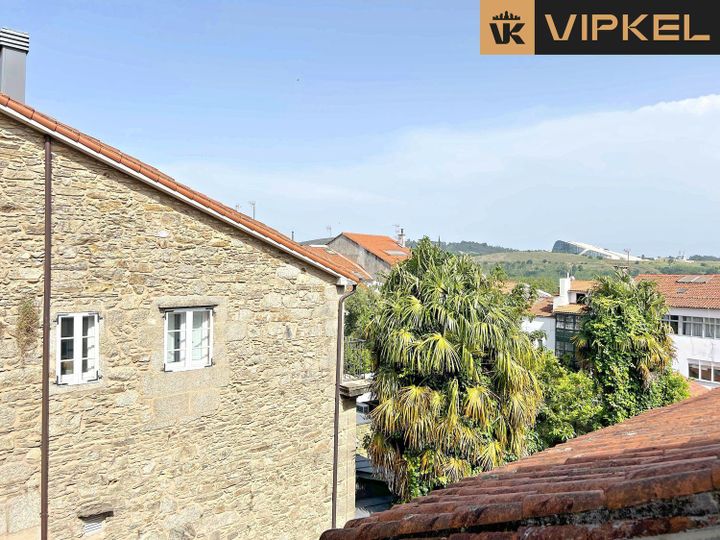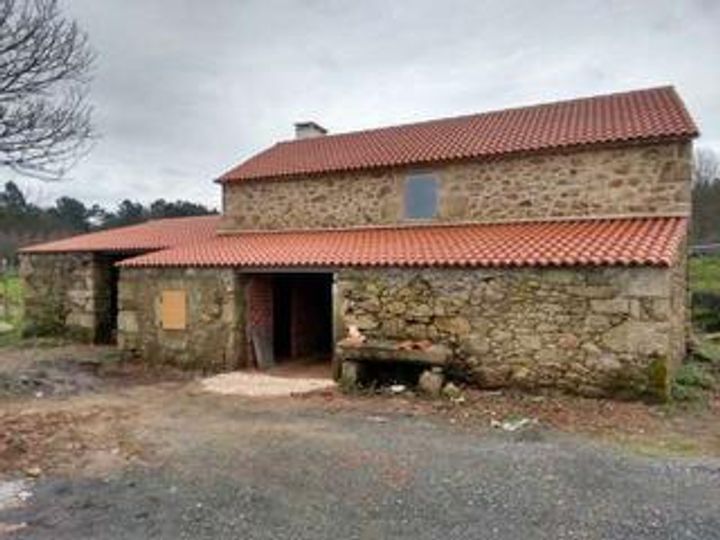Real estate prices in Santiago are influenced by various factors that shape its market dynamics. One significant factor is location, with neighborhoods like Vitacura and Las Condes generally commanding higher prices due to their proximity to amenities, business centers, and schools. Additionally, the demand for housing in the city plays a crucial role; as more people move to Santiago for employment opportunities, particularly in sectors like technology and finance, the competition for available properties drives prices upward. Economic conditions, such as interest rates and the overall economic outlook, also impact real estate prices, as higher interest rates can limit buyers' purchasing power. Furthermore, government policies, including zoning laws and taxation, can create barriers or incentives for real estate development, ultimately affecting supply and demand dynamics. Lastly, the condition and age of buildings contribute to price variations, with well-maintained, modern properties typically fetching higher prices than older, less maintained ones.
Santiago
Location
Price Range
Any price
Price Range
Minimum
No min
Maximum
No max
Property type
Show all
Property type
Show all
House
Apartment
Building
Other
Bedrooms
Any beds
Bedrooms
Minimum
No min
Maximum
No max
Surface Range
Any surface
Surface Range
Minimum
No min
Maximum
No max
Sale type
For sale
Sale type
Show all
To rent
For sale
Location
Apartments and houses for sale in Santiago
107 results
Recent
Santiago insights
| Aspect | Summary |
|---|---|
| Population | 6.5 million |
| Average Property Price | €2,800 per sqm |
| Rental Yield | 4.5% |
| Average Rent | €1,200 per month |
| Occupancy Rate | 85% |
| Capital Growth Rate | 3% annually |
| Property Tax | 0.5% of property value |
| Transaction Costs | 7-10% of property price |
| Expected ROI | 8-10% |
| Economic Growth Impact | Strong due to tourism and tech industry |
Santiago FAQ
What factors influence real estate prices in Santiago?
How have real estate prices in Santiago changed in the last year?
In the last year, real estate prices in Santiago, Spain, have experienced a notable increase, with reports indicating an average rise of around 5% to 8% across the most sought-after neighborhoods. Areas like the city center and districts such as Barrio de las Letras have seen particularly high demand, driving prices upward. For instance, the average price per square meter in these locations has climbed to approximately €3,500, contrasting sharply with more suburban areas where increases have been more modest, hovering around 2% to 3%. A surge in foreign investment and a strong post-pandemic recovery have contributed to this trend, with buyers actively seeking properties both for personal use and as rental investments. Additionally, the limited supply of available housing has added further pressure on prices, leading to competitive bidding situations for many listings.
What are the average property prices in different neighborhoods of Santiago?
In Santiago de Compostela, property prices can vary significantly depending on the neighborhood. In the historic old town, known as the Cidade Vella, average prices can range from €2,500 to €4,000 per square meter due to its cultural significance and demand from tourists and locals alike. In contrast, areas like Ensanche, which has seen recent urban development, offers prices around €1,800 to €2,500 per square meter, making it relatively more affordable. The neighborhood of Sar encompasses both residential and commercial spaces, with average prices around €1,500 to €2,200 per square meter, appealing to families and young professionals. Meanwhile, in outskirts like Conxo, property values drop to approximately €1,000 to €1,500 per square meter, attributed to its less central location but still offering good connectivity to the city center. Each neighborhood presents its own unique market dynamics influenced by amenities, accessibility, and local trends.
Is it a good time to buy real estate in Santiago?
The current real estate market in Santiago, Spain, presents a mix of opportunities and challenges. Recent reports indicate a steady increase in property prices, particularly in popular neighborhoods such as Santiago de Compostela and Las Condes. For instance, residential areas have seen average price increases of around 5-7% over the past year, driven by strong demand and limited inventory. However, the economic landscape, influenced by rising interest rates and inflation concerns, has somewhat tempered buyer enthusiasm. Additionally, the government's measures to regulate short-term rentals have raised questions about the investment potential in this sector. Furthermore, properties near key amenities, such as public transport and universities, maintain high desirability, attracting both local and foreign buyers. Overall, the dynamic nature of the Santiago real estate market makes it essential for potential buyers to carefully assess current trends and local developments.
How do economic conditions affect real estate prices in Santiago?
Economic conditions significantly impact real estate prices in Santiago, primarily through factors like employment rates, inflation, and interest rates. When the economy is robust, characterized by low unemployment, demand for housing increases as more people have stable jobs and disposable income to invest in property. For instance, during periods of economic growth, areas like Las Condes and Vitacura see a surge in property prices due to heightened demand from both local and foreign buyers seeking upscale living. Conversely, economic downturns lead to decreased purchasing power and can result in stagnant or declining property values. In addition, inflation affects construction costs; if material prices soar, developers might limit new projects, thereby constraining supply, which can drive up existing property prices despite a flagging economy. Moreover, fluctuations in interest rates can directly influence buying behaviors; lower rates typically encourage borrowing and home purchases, while higher rates can deter potential buyers, creating a ripple effect in the real estate market dynamics.
What are the common costs associated with purchasing real estate in Santiago?
When purchasing real estate in Santiago, several common costs come into play beyond the property's listing price. One of the primary expenses is the property transfer tax, known as "Impuesto de Transmisiones Patrimoniales," which can vary between 1% to 3% depending on the property value and specific region within the city. Additionally, buyers are typically responsible for notary fees, which can range from 0.1% to 1% of the purchase price. Legal fees are another consideration; hiring a lawyer to navigate the complexities of the transaction can cost between €1,000 to €3,000, depending on the services provided. Other associated costs include registration fees for the property with the Land Registry, which usually account for approximately 0.5% of the property's value. Homeowners should also anticipate costs related to ongoing taxes, such as the annual "Impuesto sobre Bienes Inmuebles" (IBI), a municipal property tax calculated based on the value of the property. Surveys and property valuations may also add to the initial expenses, often costing between €300 to €600.
How does the location impact the price of real estate in Santiago?
The location of real estate in Santiago significantly influences its pricing due to several key factors. Areas near the city center, such as El Centro and Barrio Lastarria, tend to command higher prices due to their proximity to cultural landmarks, business districts, and public transportation. For instance, properties in affluent neighborhoods like Providencia or Vitacura often exhibit premium pricing because they offer amenities such as green spaces and higher-quality schools. Conversely, suburban areas or those farther from the metro line, like Puente Alto, usually have more affordable real estate options, appealing to families looking for larger spaces at lower prices. Additionally, developments near major infrastructure projects, such as new metro lines or commercial hubs, can see price increases as demand rises in anticipation of improved accessibility and economic activity.



